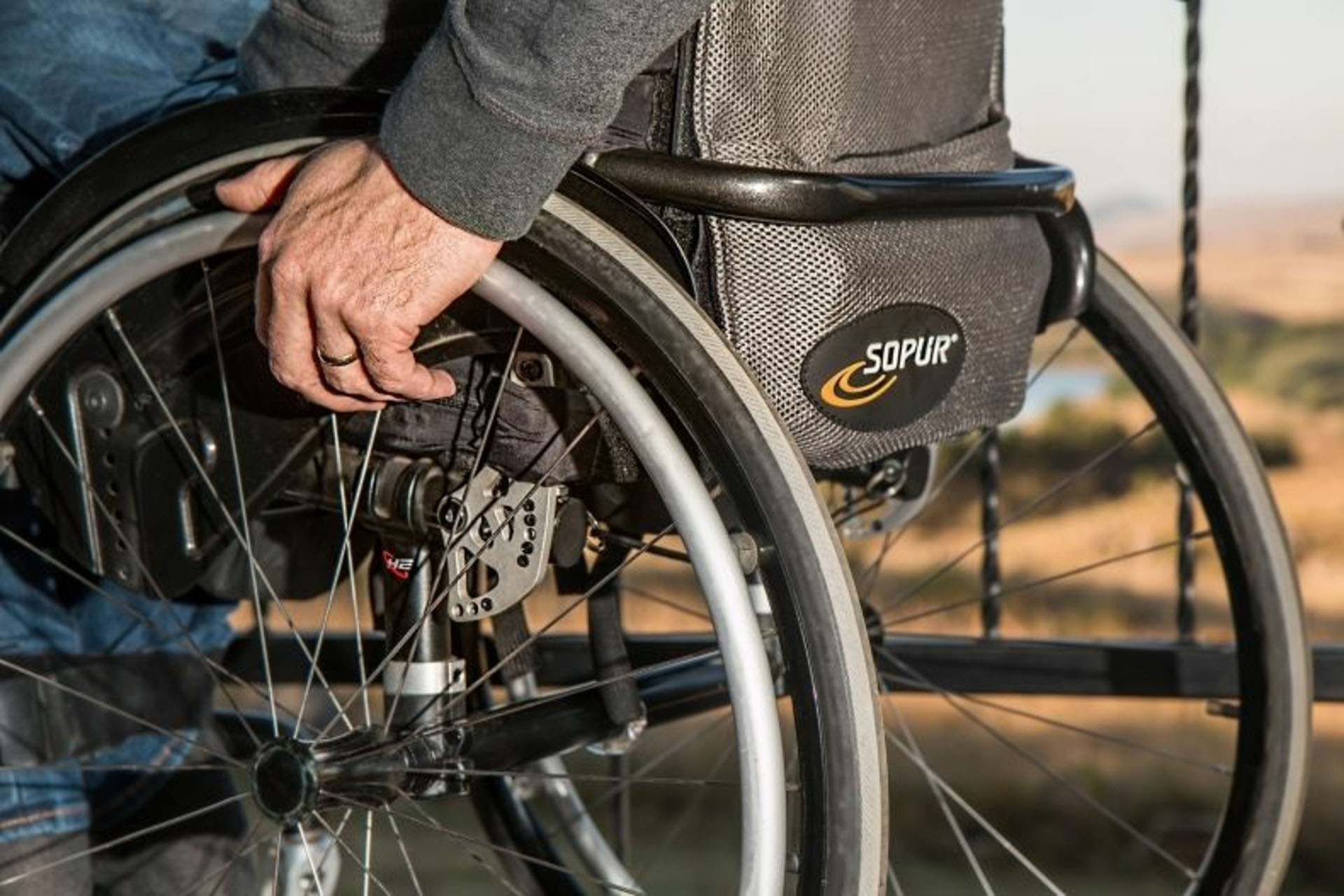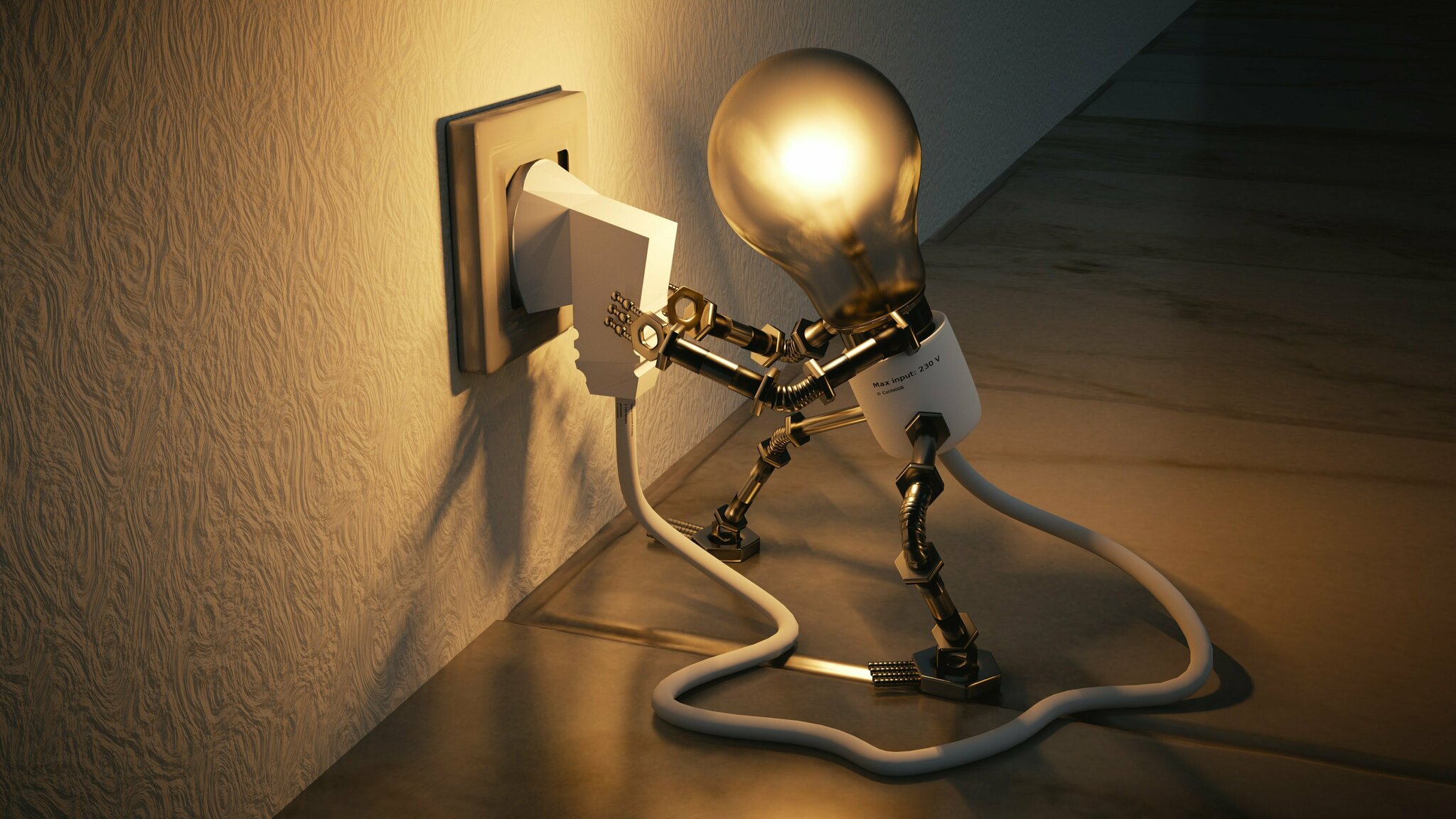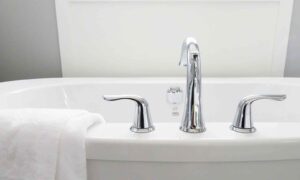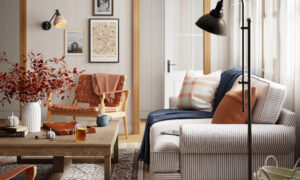Making a home handicap accessible can seem daunting at first, but it doesn’t have to be! There are many things you can do to make your home more accessible for those who may have difficulty getting around. In this blog post, we will discuss some of the most important things to consider when making your home more handicap accessible. We will also provide some tips and resources that will help you get started!

1) Add Stair Lifts
Stair lifts are a great way to make your home more accessible for those who have difficulty getting around. Stair lifts can help people with conditions such as arthritis, multiple sclerosis, or cerebral palsy safely and easily navigate stairs. There are many different types of stair lifts available, so be sure to do your research and find the one that best suits your needs. For example, some stair lifts are designed for outdoor use, while others are better suited for indoor use. There are also stair lifts that can be installed on curved or straight stairs. Having a stair lift installed in your home can make a big difference for those who have difficulty getting around. It is important to do your research and find a reputable company to install your lift. There are many companies that offer these installation services, so be sure to compare prices and reviews before making a decision.
2) Install a Ramp
If you have a wheelchair or mobility scooter, you may find it difficult to get up and down stairs. In this case, a ramp may be a better option. If you’re considering installing a ramp in your home, there are a few things to keep in mind. First, be sure to measure the incline of your stairs and choose a ramp with a slope that is no more than 1:12. This will ensure that the ramp is easy to use for everyone. In addition, make sure the ramp is long enough to accommodate your needs. It should be at least as long as the distance from the bottom of your stairs to the entrance of your home. If you have any questions about choosing the right ramp for your home, be sure to consult with a qualified professional.
3) Add Handles and Rails
Adding handles and rails to your home can make it easier for those who have difficulty gripping things. This is especially important in the bathroom, where you may need to use the toilet or take a shower. Adding handles and rails can also help prevent falls. There are many different types of handles and rails available, so be sure to select the ones that best suit your needs. For example, if you have a disability that affects your balance, you may want to choose a handle or rail that is wider than usual. You should also make sure the handles and rails are properly installed and that they are secure.
4) Get Rid of Clutter
Clutter can be a big problem for people with disabilities. It can make it difficult to move around your home and it can also be a safety hazard. In order to make your home more handicap accessible, it is important to get rid of as much clutter as possible. This may not be easy, but it is worth it in the end.
You can start by sorting through your belongings and getting rid of anything that you no longer need or use. Also, be sure to make a plan and set goals for yourself. This will make it easier to stay on track and keep your home clutter-free. In addition, use storage solutions such as boxes, bins, and shelves to organize your belongings. By getting rid of clutter, you can make your home more accessible and safer for everyone.
5) Improve Your Lighting
Good lighting is crucial for any home, but it’s especially important if you or a loved one has a disability. This is because many disabilities can make it difficult to see in low-light conditions. There are a few things you can do to improve your home’s lighting:
Here are some tips for improving your lighting:
- Make sure there are plenty of light fixtures and lamps throughout your home, and that they all have bright light bulbs.
- Place light fixtures and lamps where they will be most useful – near entrances, in stairwells, and in other common areas.
- Install dimmer switches so you can adjust the amount of light depending on what you’re doing.
- Use task lights to provide extra light when needed, such as when reading or cooking.
- Improve your natural lighting by keeping windows clean and adding window treatments that let in the most light.

6) Use Universal Design Principles
Universal design is a term that is used to describe homes and products that are designed with everyone in mind. This means that the home is accessible to people of all abilities, which can make life a lot easier for those who have a disability or find it difficult to do certain things. There are several universal design principles that you can use when remodeling your home to make it more accessible. Some of these principles include:
- Making rooms and spaces as flexible as possible
- Using clear and simple language everywhere
- Making sure there are plenty of visual cues
- Creating spaces that are easy to navigate
- Providing plenty of storage space
If you can incorporate these principles into your home remodel, you will be making your life a lot easier, as well as the lives of your loved ones. Making your home handicap accessible can be a challenge, but it is definitely worth it in the end. By following the tips we have provided, you can make your home more accessible and safer for everyone. In addition, using universal design principles will make your home even more accommodating for those who have disabilities or find it difficult to do certain things. We hope that you will use these tips to improve your home and make life a little easier for yourself and your loved ones.







